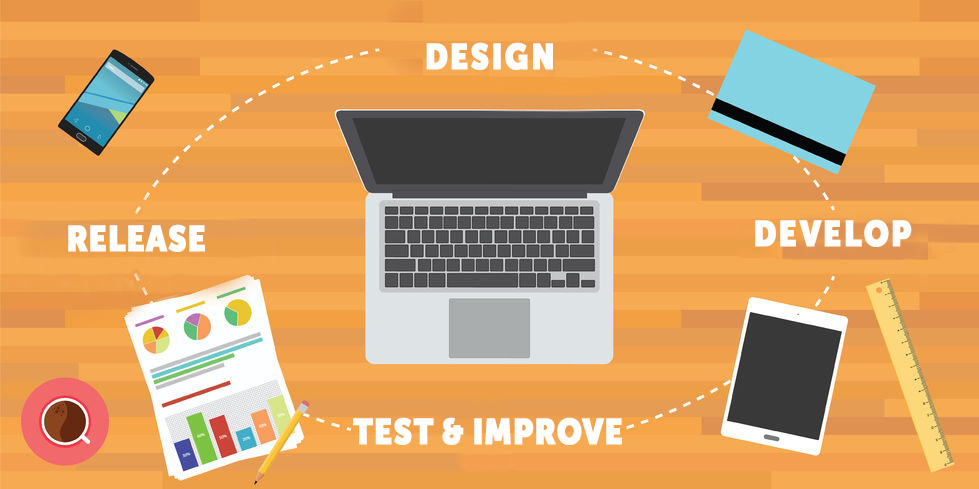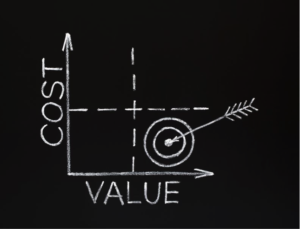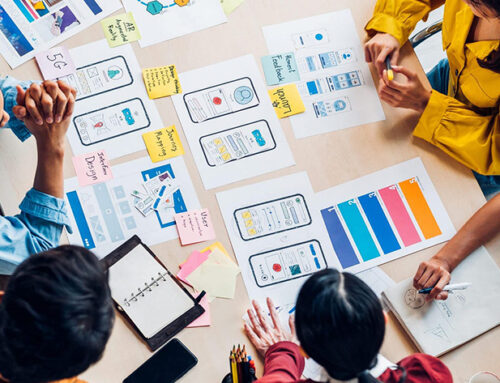“Embedding user research evaluations in an agile software development process provides timely feedback from users and results in intensive collaboration between user research experts and software developers.” (Source: UX Matters)
Advocates of user research are familiar with real benefits of testing an interface with the target audience: customer satisfaction, engagement and loyalty, which generally result in higher conversion rates and increased revenue. Including user research late into the design process can create certain challenges. In many cases, the changes are too costly to implement or it’s too late to implement them before launch. However, it is possible to include user research into an Agile framework harmoniously.
The ROI of User Research
The user research of a product needs to be factored in at early stages of the design process in order to achieve the maximum levels of return on investment. As the saying goes: Bad UX = money lost; Good UX = money gained. Indeed, maximum savings are gained from making changes earlier in the design life cycle.
The rule of thumb in many user-research-aware organizations is that the cost-benefit ratio for user research is $1 : $10-$100. In other words, once a system is in development, correcting a problem costs 10 times as much as fixing the same problem in design. If the system has been released, it costs 100 times as much relative to fixing in design. (Gilb, 1988)
What is Agile Development?
If you work in the tech industry, you’ve probably heard of Agile, and maybe you’ve even practiced it. For those who haven’t, Agile is a set of product development practices that favor responding to change rather than following a plan. The Agile framework operates in sprints that usually last one to two weeks at a time, allowing for several design iterations and changes. The agile process embraces change as a useful part of the process that actually pushes designers and developers in the right direction.
In addition to responding well to change, Agile development values individuals and interactions, customer collaboration, and products that work. There are several agile frameworks including Lean and Scrum.
The alternative framework to Agile is known as Waterfall, which is a process where time and cost are variables, but the scope of the project never changes. It’s an efficient way of getting a project done, but it doesn’t account for change very well, which can cause significant–and expensive–problems.
User Research Testing in an Agile Framework
Traditionally, when working within a Waterfall framework, user research is factored in close to the end of development. Because development is mostly completed at the point of testing, making any necessary changes found due to testing can be very costly. Additionally, there may not be enough time to incorporate the user research recommendations prior to launch.
“Agile offers many opportunities for overcoming problems with traditional development methods that have long impeded user research.” (Source: Nielsen Norman Group)
When working within an Agile framework, user research can be done from the early stages of the design and on a regular basis, meaning changes are easy to make and much less costly.
To overcome the challenges with conducting traditional user research in an Agile framework, you need to incorporate the following solutions:
- Test small
- Test during every sprint
- Test any fidelity of the product
- Add a feature/functionality to every test
- Try different types of testing
- Observe testing sessions with the entire team
- Streamline the findings and recommendations report
Promoting Excellence with Agile and User Research
When user research is done during every sprint, it creates beneficial changes that improve the overall experience of a product because Agile methods inherently embrace and harness change, giving your product a competitive advantage.
Agile and user research go hand-in-hand because Agile principles call for good design and technical excellence, and User Research enforces excellence early on.
User Research is all about individuals and interactions while customer collaboration is an Agile value. User Research and Agile bring the user, team and business together on a regular basis. Iterative studies throughout the product life cycle can further inform the product’s Experience Design and result in task success and customer satisfaction.






Follow us